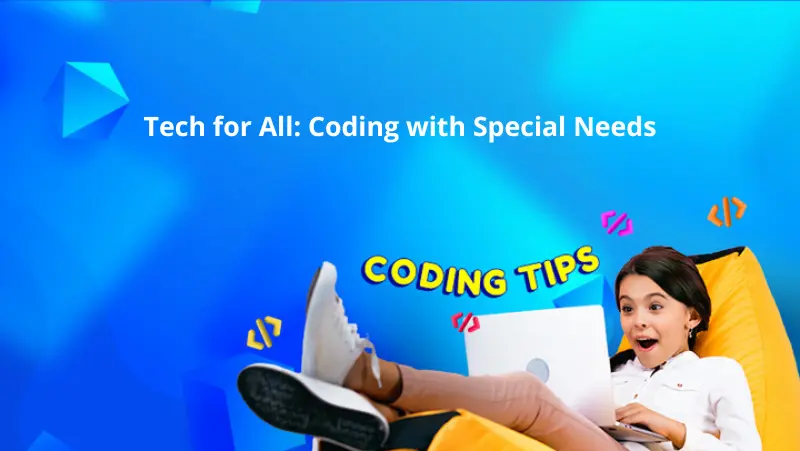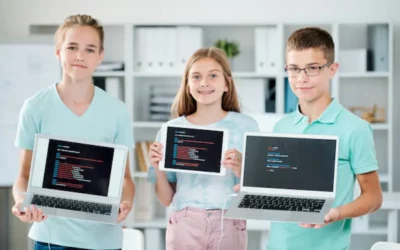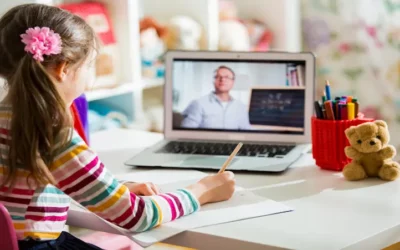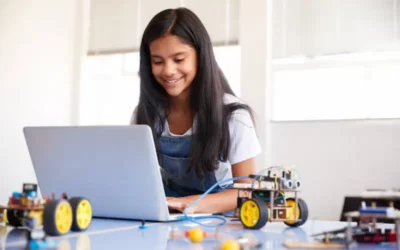In today’s world, technology has become an essential part of our lives. It has transformed the way we work, communicate, and learn. Coding, which was once considered a niche skill, is now becoming an important skill for everyone to have. With the rise of technology and the need for digital skills, it is important that we teach children how to code from an early age. However, teaching coding to children with special needs can be challenging.
In this blog post, we will discuss how technology can be adapted to meet the needs of children with special needs and help them learn to code.
Table of contents
Coding for Kids with Special Needs
Children with special needs often face challenges when it comes to learning new skills. They may have difficulty with communication, attention, memory, or motor skills. However, this does not mean that they cannot learn to code. In fact, coding can be a great way to improve their cognitive and motor skills, as well as their communication and problem-solving abilities.
Adapting Technology for Inclusive Learning
Technology has the power to transform education and make it more inclusive. There are many tools and resources available that can be adapted to meet the needs of children with special needs. These tools can help children learn to code in a way that is tailored to their individual needs.
Visual Learning
Visual learning is a great way to teach children with special needs. Many children with special needs are visual learners, which means that they learn best by seeing and interacting with visual elements. There are many visual programming languages, such as Scratch and Blockly, that are designed to help children learn to code through visual blocks.
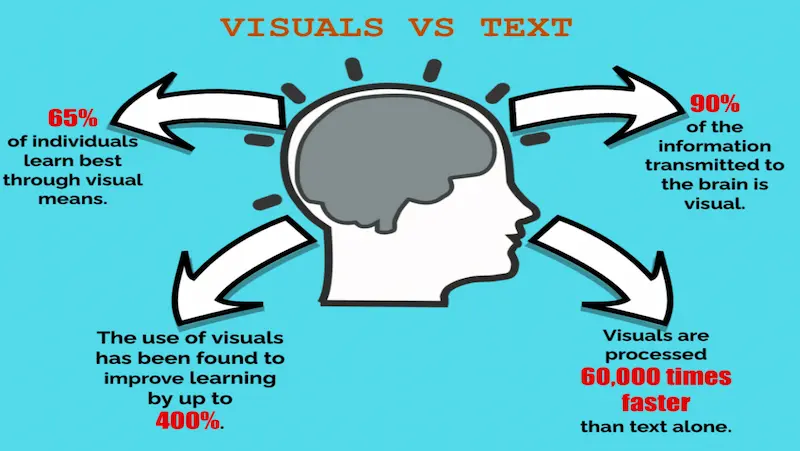
These programming languages use colorful blocks that represent different commands and functions. Children can drag and drop these blocks to create code. This makes it easier for them to understand how code works and to see the results of their coding efforts in real time. The great scientist who achieved a lot through visual learning is Sir. Stephen Hawkins.

He achieved a lot in the field of physics and space science. In fact, in some of the research, scientists found that children having special needs is focused more than an average child with good memory. This is mainly because those children focus only on one problem at a time. Seems interesting right?
Voice-Activated Coding
Voice-activated coding is another great tool for children with special needs. Many children with special needs have difficulty with fine motor skills, which can make typing or using a mouse challenging. Voice-activated coding allows children to use their voice to control the computer and write code.

Is this even possible? many would have thought this question after reading this subheading. The answer is YES, it is… In fact, we are using voice assistants in our day-to-day life as well. The best-known example is Alexa, Siri, and Google Voice Assistant. With this we can set an alarm, we can order food, even can book tickets for movies, and block tables in restaurants too.
This technology is particularly useful for children with motor impairments, as it allows them to code without having to use their hands. Voice-activated coding can also be used to improve language skills and communication for children with speech impairments.
Physical Computing
Physical computing involves using hardware components, such as sensors and motors, to interact with the physical world. This can be a great way to teach children with special needs about coding and electronics. Physical computing can help children with motor impairments develop fine motor skills and coordination.
Physical computing can also be used to teach children about cause and effect. For example, a child could program a sensor to detect when someone enters the room and turn on a light. This can help children learn about programming concepts in a fun and interactive way.
Gamification
Gamification is the use of game design elements in non-game contexts. This can be a great way to make learning more engaging and fun for children with special needs. Gamification can be used to teach children about coding in a way that is interactive and enjoyable.

The main aim of gamification is that the child gets motivated once they start doing it. For example, in a game if a player completes a level, what will happen to that player? Getting Rewards, yes rewards are the most important source of motivation for that particular player to move forward. And moreover, the next level unlocks some superpowers too. This makes the game even more interesting. Likewise, we have to reward the children and appreciate them, if they complete some level.
There are many coding games and apps available that use gamification to teach children about coding. These games often feature characters or storylines that children can relate to, making learning more relatable and enjoyable. Enrolling in computer coding classes for kids online can provide structured learning experiences to complement these interactive coding games and apps.
Know more about coding games for kids.
Conclusion
In conclusion, coding is a valuable skill that can help children with special needs develop their cognitive, motor, and communication skills. Adapting technology to meet the needs of these children is essential for making coding education more inclusive. Visual programming languages, voice-activated coding, physical computing, and gamification are all tools that can be used to teach children with special needs how to code. By making coding education more inclusive, we can help these kids to become more active and more focused toward goal-driven kids. This might help those children to change and shape their futures too.
BrightChamps provides financial education for kids, equipping them with essential money management knowledge for a successful future.
Frequently Asked Questions (FAQs)
Yes, it is possible. As parents, we should motivate the kids to be better people each and every day. Activities like coding, mathematics, and abacus might work efficiently for the improvement of brain activities.
Yes, it is safe. If Stephen Hawking can do it, the kid with superpowers can also do it.
The most preferable method and safe method is the Visual Learning and Gamification Method. This method will boost the child to go to the next level.

